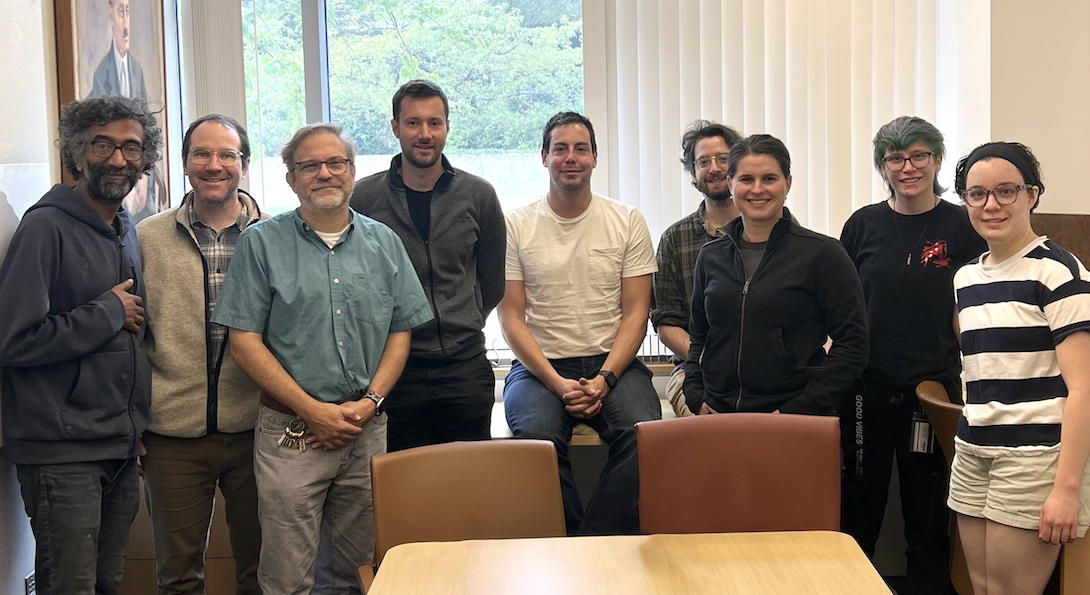Super-fast microscopes may help researchers map entire mouse brain

UIC enters the race to map the mouse brain as part of collaboration with Argonne, UChicago and Chicago State
University of Illinois Chicago researchers have joined the race to visually capture every neuron and connection in the mouse brain.
With a $4.8 million grant from the National Institutes of Health, scientists from UIC, University of Chicago, Argonne National Laboratory and Chicago State University will test whether an update of a 60-year-old technology can scan the entire mouse brain in years instead of decades. UIC will receive $1 million of the grant.
The project seeks to accelerate the field of connectomics, where neuroscientists map every cell and connection in an organism’s brain to gain new insights into neurological function and disease. In 2023, scientists produced the first complete map of the fruit fly brain after five years of work.
But the mouse brain is roughly 5,000 times larger than the fruit fly’s and contains an estimated 70 million neurons. With current technologies, mapping that volume could take up to 60 years.
“The field of connectomics has made a lot of progress in recent years, but the one thing that’s been lagging behind is the development of the microscopes,” said Kevin Boergens, a research assistant professor in the UIC physics department.
In 2022, Boergens — an expert in brain histology technologies — joined forces with Narayanan “Bobby” Kasthuri and Gregg Wildenberg, leading connectomics researchers at the University of Chicago and Argonne who develop systems for brain mapping.
With the typical brain mapping method, scientists scan very thin samples under a high-powered microscope. They then combine those images in a supercomputer to assemble the 3D structure.
Using state-of-the-art electron microscopes, this process is too slow to scan the hundreds of thousands of samples needed to map an entire mouse brain. So scientists have only reconstructed small regions. To find a faster approach, Boergens and the team looked to the past, to a method called photoemission electron microscopy, or PEEM.
This technology was developed in the 1960s but is mostly used to scan nonorganic materials. Because the microscope uses an ultraviolet laser to create information-containing electrons, it can operate much faster than other electron microscopes but still provide high-resolution images.
The scientists collaborated with Sarah King, a University of Chicago chemistry professor and expert in photoemission electron microscopy, to generate the first photoemission images of brain matter.
“The images look great; it’s super promising,” Boergens said. “And the cool thing is, because you use UV light to generate the image, the promise is that you can scale it quite easily. The more you turn the laser up, the faster the images come out.”
By further adapting the system and feeding it a library of diamond wafers holding ultrathin brain sections, the researchers believe that mapping the mouse brain could happen in years instead of decades.
“We believe that once our technology works properly, we may be able to do it in three years,” Boergens said. “Plus, the microscope is quite affordable.”
The three-year grant, part of the NIH Brain Initiative Connectivity Across Scales (Brain Connects) program, will allow the researchers to speed test their system against other approaches for mapping mouse brains — and someday the human brain as well.
“We love the collaborative nature of the Connects program, and we think PEEM is a real contender for the technology that funding agencies could choose to do whole mammalian brains,” Boergens said.